NYC Projects Worth $1B Get Green Light
Two life science developments will expand the Kips Bay Science District by at least 2.5 million square feet.
New York’s city council has voted to approve the Science Park and Research Campus Kips Bay and Innovation East life science projects, as announced by the New York City Economic Development Corp.

SPARC Kips Bay will transform an entire city block at East 25th Street and First Avenue on Hunter College’s Brookdale Campus into a life science innovation, career and education hub with more than 2 million square feet of academic, public health and life science space. The project was first announced in October 2022 and is expected to create more than 3,100 permanent jobs and generate $42 billion in economic impact over the next 30 years. NYCEDC expects to start deconstruction of the campus by the end of this year.
The Innovation East development, basically around the corner at 455 First Ave., will replace the former Public Health Lab with a new life science hub. The Public Health Lab will relocate to a new, modern facility at Harlem Hospital, which is expected to be complete by the end of this year. Demolition of the existing 455 First Ave. building is expected to take place in 2026, with construction of Innovation East starting in 2027.
To dive more deeply into SPARC Kips Bay, the campus will include life science research labs for companies of various sizes; clinical classrooms and teaching labs for three City University of New York schools: Hunter College School of Nursing, CUNY Graduate School of Public Health & Health Policy and Borough of Manhattan Community College; outpatient ambulatory care services and a training simulation center for NYC Health + Hospitals (H+H); a new forensic pathology center for the Office of the Chief Medical Examiner; and community and retail spaces.
The project will also feature more than 1.5 acres of public improvements, including new publicly accessible open space, a new ADA-accessible 25th Street pedestrian bridge over the FDR Drive, streetscape improvements and flood protection measures.
READ ALSO: Life Science Trends to Watch in 2025
In February 2024, NYCEDC issued a Request of Expressions of Interest to identify a tenant to operate a life science center at SPARC Kips Bay. NYCEDC will potentially allocate up to $100 million of city capital in support and expects to announce its selection in the spring.
In the meantime, last September NYCEDC chose Skanska as the construction manager to oversee SPARC’s first phase, of more than 600,000 square feet, following deconstruction of existing buildings on the Hunter College campus. The total anticipated contract award was expected to be about $1.6 billion, and construction is scheduled to begin at the end of this year and to be completed in 2031.
The total anticipated contract award is expected to be in excess of $1 billion, and construction is expected to begin at the end of this year and to be completed in 2031.
Currently, NYCEDC expects to release an RFP seeking developers to build 1 million square feet of life science space and modern facilities for H+H and OCME as part of SPARC’s second phase.
The 500,000-square-foot Innovation East will be more or less just across First Avenue from SPARC, at 455 1st Ave., and will have the potential to create more than 1,000 permanent jobs. New York City’s own Taconic Partners is among the major players in this project, having conceived it in response to an RFEI from the city in 2018.
NYCEDC did not reply to Commercial Property Executive’s request for additional information.
Addressing the labor shortage
To the extent that this expansion of the Kips Bay Science District is aimed at connecting the projects’ eventual tenants into New York City’s educational institutions, this could be a smart strategic move.
A mid-2024 life sciences outlook from Cushman & Wakefield remarked that even though hiring in the sector was lackluster, finding talent to fill certain positions remains challenging in today’s labor market. In some markets, employers must post job openings up to five times to fill specific roles, according to the report.
In New York City, Cushman & Wakefield reported, life sciences job postings were open for a median of 24 days.

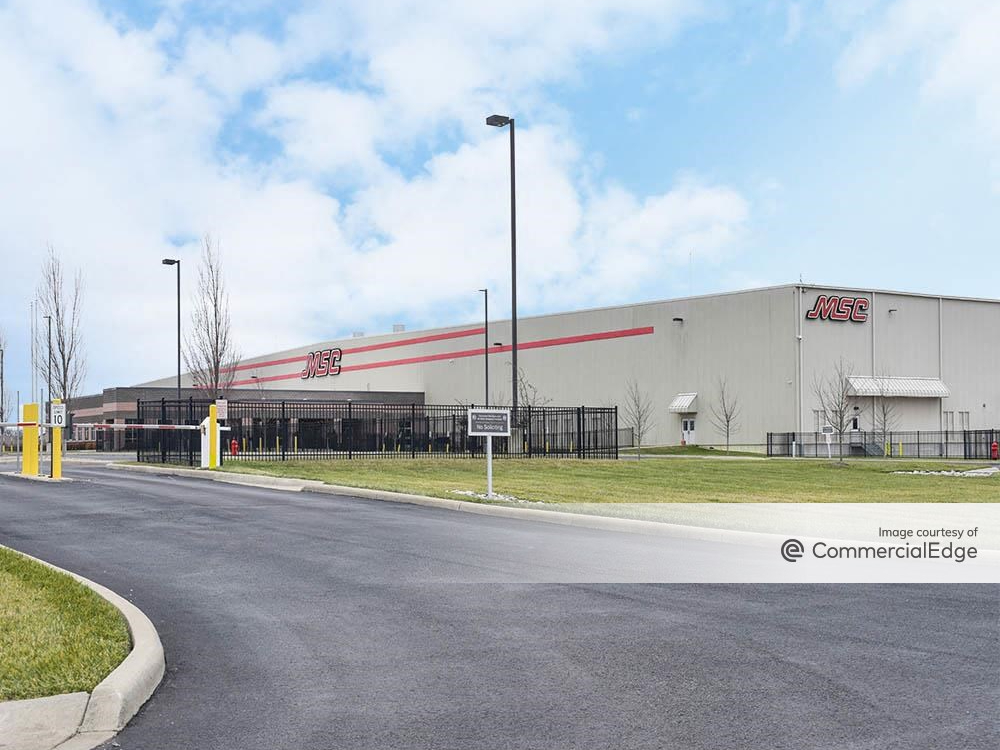
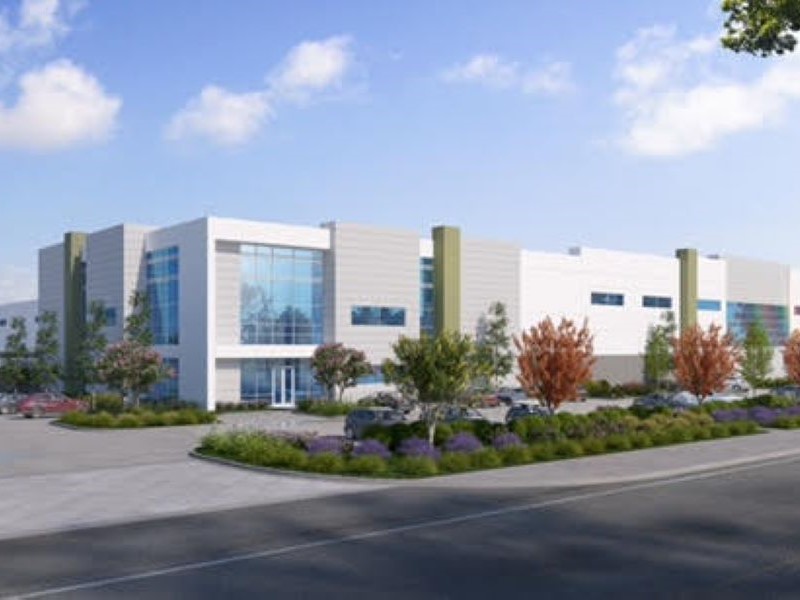
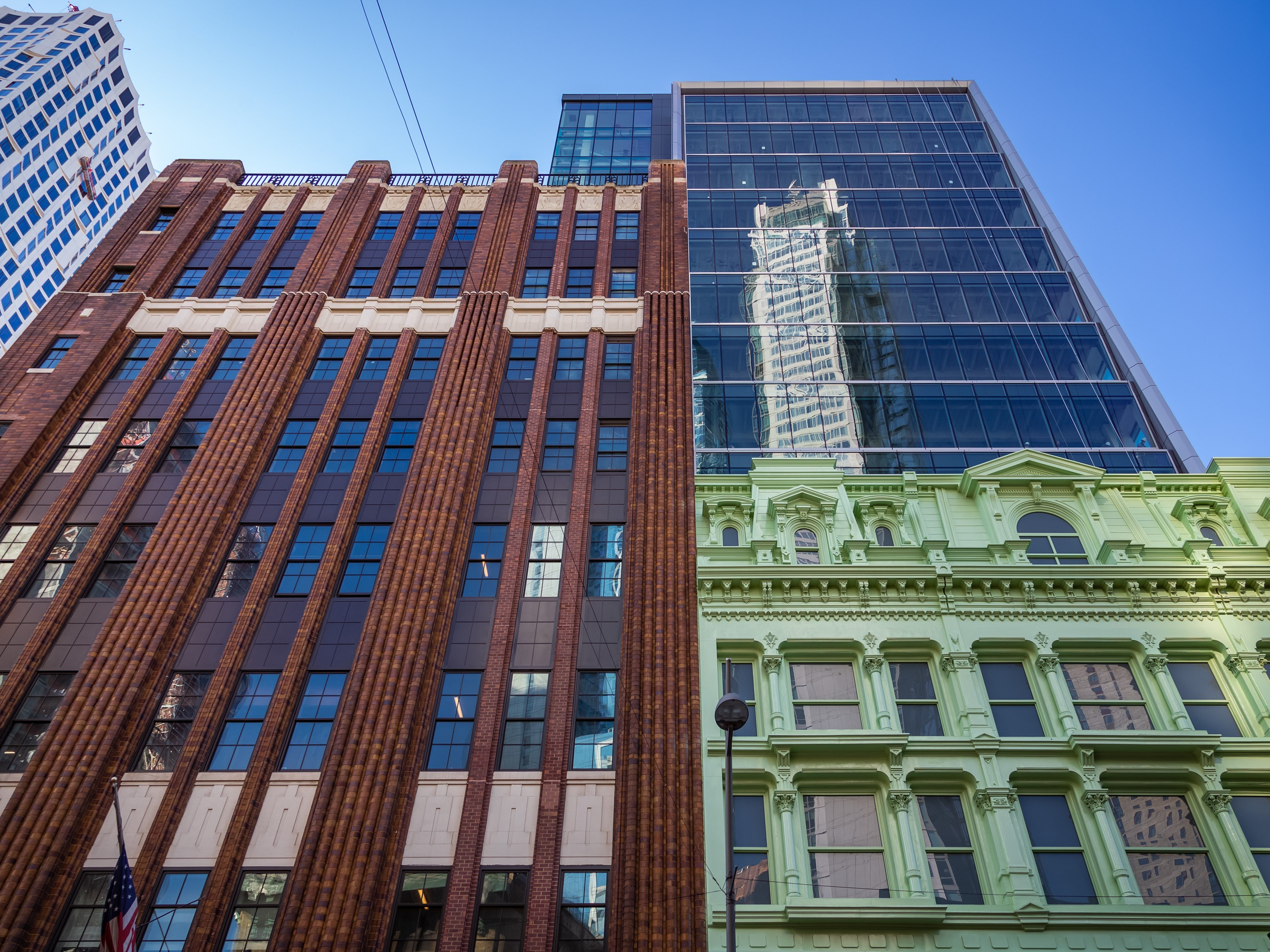
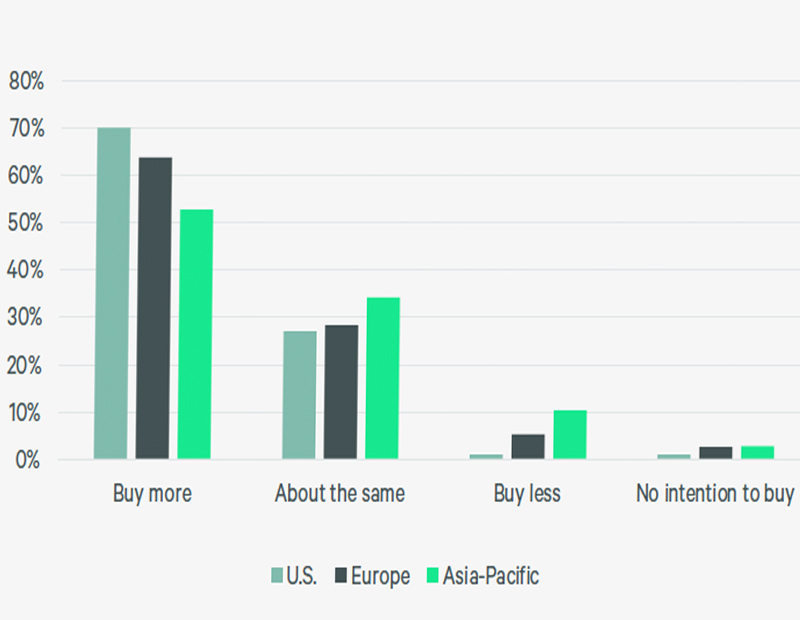
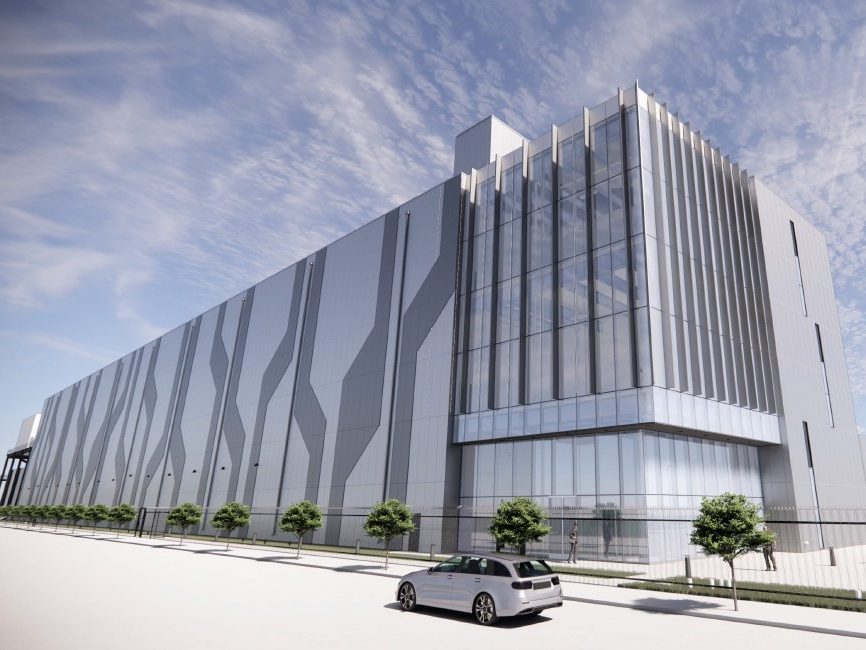
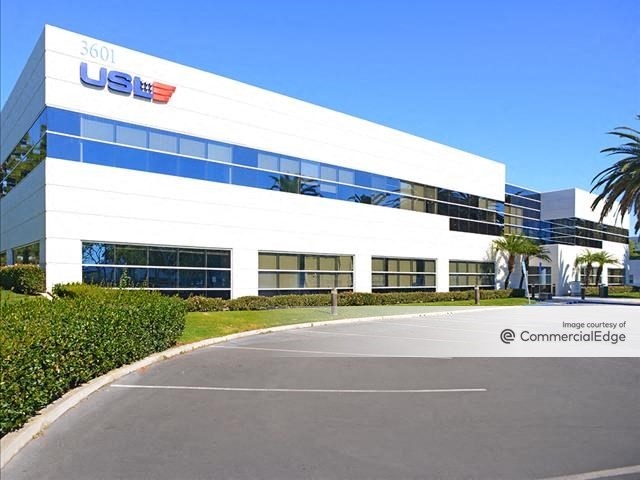
You must be logged in to post a comment.